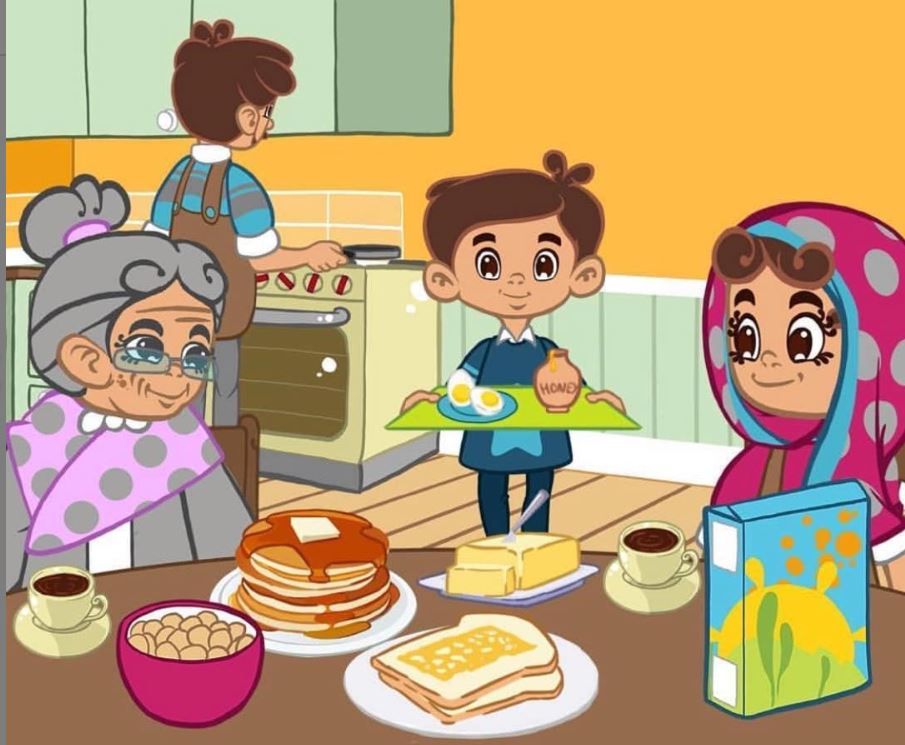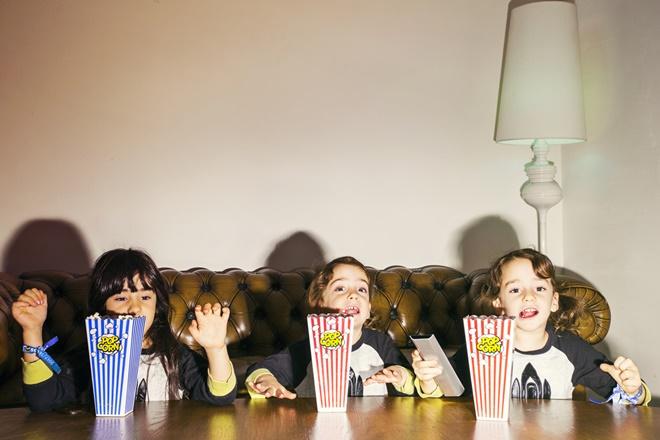From the 80s and 90s, where advertisers first made moves to include children from a diverse range of backgrounds, to more recent efforts to include children with differing abilities, meaningful representation is becoming a more conscious decision in the minds of those who create and produce media.
The danger in this space is that media creators move to be inclusive in their practices for the sake of “ticking a box”. To explore this conundrum of how to be inclusive without veering into tokenism we spoke with Wa’qaar A Mirza, Co-Founder and Global CEO of Safi Ideas, the production company behind children’s animation Zayn & Zayna’s Little Farm.
While there is a huge range of preschool children’s television available, Mr Mirza said, diversity is often a carefully crafted illusion, designed to mimic inclusivity, rather than embrace it.
“Characters,” he said, “are portrayed with different personalities, looks, jobs and responsibilities,” and while this is engaging for children “it fools us into thinking we are being diverse, but it doesn’t fool the children, and we need to ‘get real’ when it comes to true diversity.”
From the Latino family who are devout Catholics with a reverence for Abuelita (Grandmother) to the Asian family where parents are strict and rice is served with every meal, while producers hint at diversity, there is much more that can be done, Mr Mirza said.
“Children need to be given the opportunity to watch and identify with a truly diverse cast of characters,” he added. More importantly, these representations need to have diverse characteristics.
Often, media creators will attempt to work around this delicate balance for younger children with the use of animals or puppets, helping children to address difference in a non-confrontational way. This theory, Mr Mirza believes, “puts a wall up” making it confusing for children to learn about the diversity they see all around them.
“At Safi Productions, it’s obvious to us that broadcasters, rather than being unwilling, are simply wary of representation,” he said, noting that the fear of ‘getting it wrong’ leads to many simply opting to create content utilising non-human characters to represent ‘diversity and inclusion’.
Rather than being respectful, this wall of non human characters “makes a mockery of diversity,” Mr Mirza said.
We know this from the content we see and the challenging conversations we’ve had with networks,” he added. “We believe it’s vital that all children, from as early an age as possible, are exposed to multiple cultures, see a mix of people, and also see themselves represented positively.”
“Using human characters makes the content relatable, but it does not need to be any less interesting” he emphasised, saying that carefully crafted content for children will help them to “see themselves and the people around them in a way that embraces diversity and prompts questions they can discuss with their parents”.
Read full on THE SECTOR









